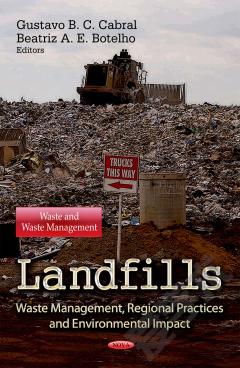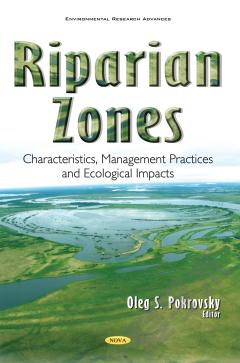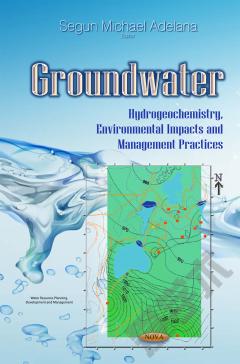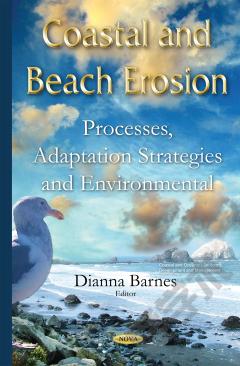Beaches: Erosion, Management Practices and Environmental Implications
Sandy beaches are the most abundant coastal systems worldwide, representing approximately ¾ of the worlds’ coastlines. In the last decades, these sensitive and dynamic ecosystems have been a target of an increasing human pressure, associated with an unbridled urbanization of coastal areas, caused by high human population growth, but also associated with recreational activities and tourism. Together with global climatic changes and coastal erosion, these processes lead to detrimental impacts and an environmental quality decline of sandy beach ecosystems, imposing an increasing need for adequate assessment and management practices. This book discusses the El Niño-Southern oscillation and coastal response; macrofaunal key species as useful tools in management and assessment practices on sandy beaches; improving coastal knowledge transfer between researchers and managers; the influence of environmental aspects in the variation of natural radioactivity levels in selected Brazilian beach sand samples; nuisance algal blooms; and downcoast erosion triggered by exhaustion of sand supply from sea cliffs.
{{comment.content}}








 京公网安备 11010802027623号
京公网安备 11010802027623号